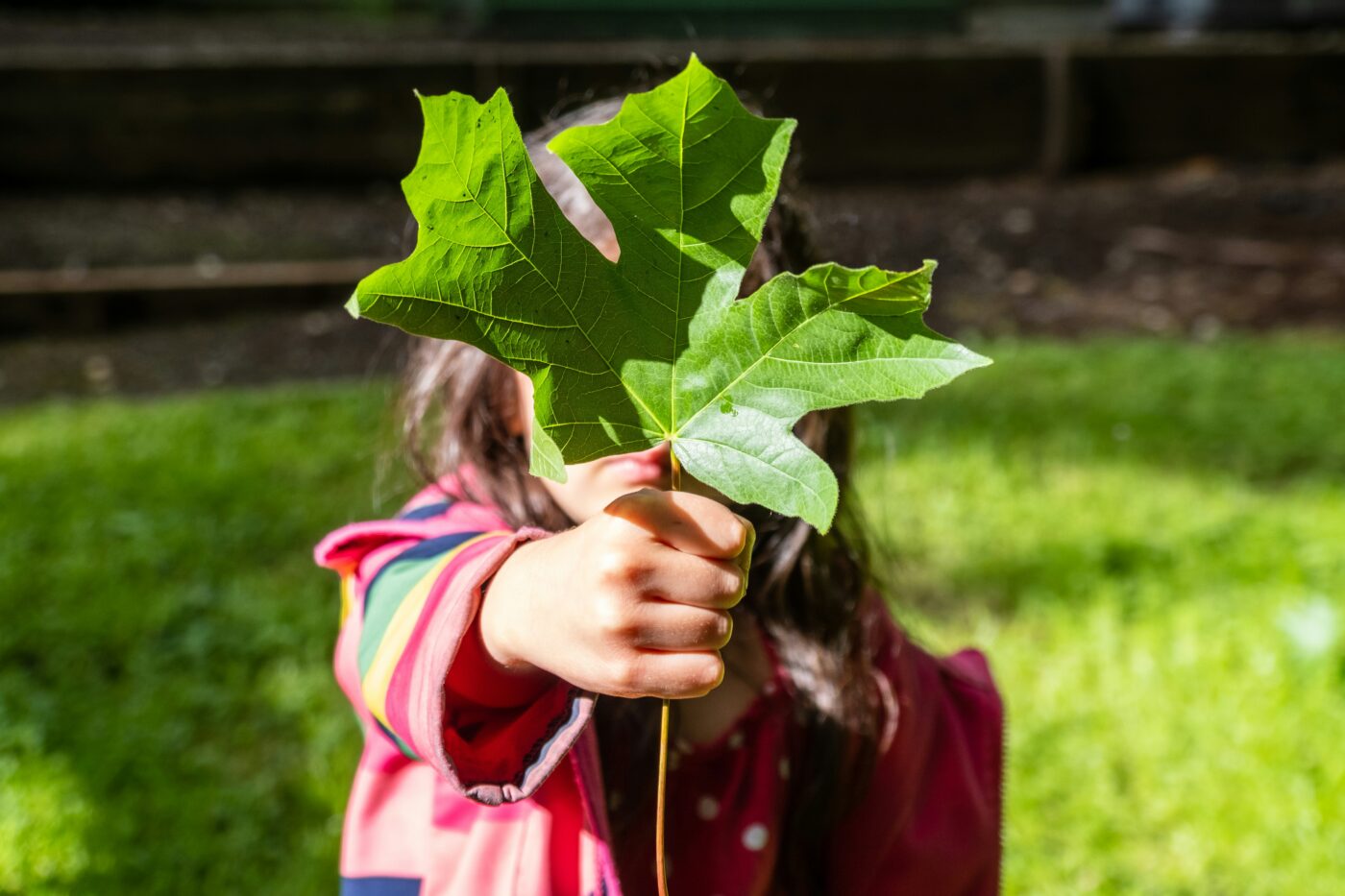Kids’ faith is different from adult faith. In his book, Will Our Children Have Faith?, John Westerhoff describes how faith develops like rings on a tree as it grows from the inside out. Faith grows through consecutive “styles” or stages as a person progresses through life. As we age, we don’t leave those stages behind. Instead, we carry all styles of faith with us.
Westerhoff’s Four Styles of Faith
John Westerhoff was a professor of theology and faith development and a minister. His theory of faith development is profound in its simplicity. For Westerhoff, the four styles of faith are Experienced Faith, Affiliative Faith, Searching Faith, and Owned Faith. The interesting thing about Westerhoff’s model is that faith formation is not linear. We never leave a stage of faith behind. Instead, it remains a part of who we are and how we experience our faith as we mature. This means that people at every stage of faith development have something to offer and something to receive from one another.
Westerhoff’s is just one model of faith development theory. Still, it helps us to think about spirituality in a way that can help us make decisions about our priorities at different stages of faith development. Though we can’t assign an exact age to each stage, we can roughly surmise when a child growing up among the people of God will experience each stage, bearing in mind that we will all cycle through and access these stages for most of our lives.
Experienced Faith
In this stage, faith is expressed through observing and copying others. When we see a young child repeating words from a familiar prayer, mimicking a parent who raises their hands in worship, or playing church, we are witnessing experienced faith. These genuine expressions of faith might look “cute,” but they are authentic expressions of faith.
Affiliative Faith
In this stage, faith is expressed through communal engagement with the community and practices of faith. When kids are excited to see their friends at church, talk about a meaningful time of togetherness at a meal or summer camp, serve alongside a friend or mentor, or come to understand how their church does something, they are exhibiting affiliative faith. Belonging and relational engagement are so important at this stage, and it is a prime time to continue building the connections that keep kids engaged with their faith after high school.
Searching Faith
Questioning, wondering, and doubting are essential parts of this stage of faith. When we see preteens and teens asking the tough questions, trying to reconcile their faith experiences with what they see in the world and scripture, and pushing back against what they have believed, we can know that this is the beginning of an important part of their faith growth. Searching faith is an excellent opportunity for kids to encounter Jesus and to experience the Bible and the Christian faith as something sturdy enough for the real challenges of living in a broken world. The belonging, connections, and wonder developed in the previous stages of faith will serve a child well as they navigate this stage of faith.
Owned Faith
This stage of faith is not a destination but a quality of faith that applies to all the other stages. As mentioned earlier, these are not linear, but build on each other. A mature individual with owned faith has all the styles of faith, and they work together to create a sturdy but flexible mature faith.
Coming Alongside Kids as They Grow
In season 2, episode 3 of The Child in Our Midst, our guest Sarah Cowan Johnson explains how these styles of faith relate to kids and gives parents ideas for coming alongside their children on their faith journey. Sarah also has some excellent resources on her website for children’s ministry leaders who want to equip their churches with faith formation ideas that they can tailor to their children’s ages.
